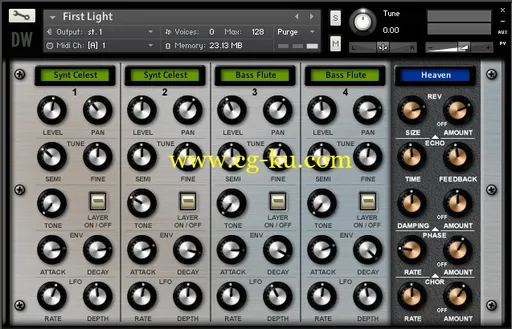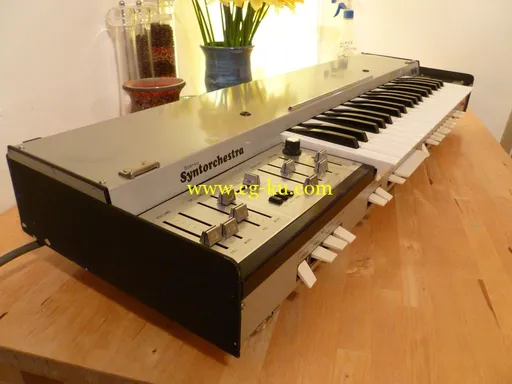
Hideaway Studio Monopolyphonix KONTAKT | 212.3 MB
Monopolyphonix was in many ways a celebration of another successful resurrection of an old classic saved from the grave. Much like the Minimoog, ARP Omni-2 and Novachord left their sonic fingerprints on S-VX and The Orbitone Collection, a recently restored Farfisa Syntorchestra manufactured in 1974, gave its all to the creation of Monopolyphonix… Why the name? Well the Syntorchestra comes from a strange era quite early on in the history of affordable portable synthesizers where manufacturers were quite experimental and tended to do their own thing. This was especially the case with early polyphonics. The net result is that weird and wacky user interfaces and synth architectures were quite the norm in those days!
What makes the Syntorchestra quite unusual is that it features a complete polyphonic divide down section running in complete isolation in parallel with a basic monosynth each of which capable of producing similar timbres. This is quite unlike the paraphonic synth sections of the ARP Omni for example. The result is a rather odd combination of the perfect pitch characteristics of a polyphonic divide down synth beating, phasing and interacting with the far from perfect pitch tracking of a monophonic synth. With some careful front panel tweaking the two sections can be brought together to produce a surprisingly big sound. It also boasts one of the warmest analog synth pianos I think I’ve ever heard. It’s a very basic sound but really quite beautiful through reverb. The monophonic section can produce an array of chime, twang and almost Theremin type timbres too.

I was really very keen from the start not to let this library turn into yet another virtual offering of an old classic and therefore treated the instrument more as the raw material for an array of new sounds that reached beyond the original.
All sample material captured from a recently restored 1974 Farfisa Syntorchestra. Analog Chorus Unit, RME Fireface.
发布日期: 2014-08-18